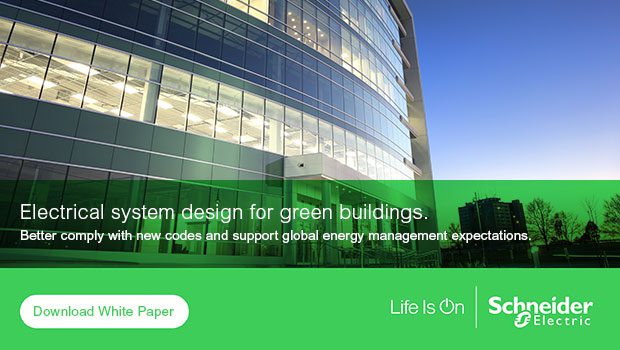How to effectively collect and protect your building’s energy data
What isn’t measured isn’t known, and what isn’t known can’t be changed. Facility owners and managers are finding this to be especially true when it comes to meeting increasingly demanding energy-efficiency goals. As a result, there is an increasing need to measure and collect energy-related data within today’s buildings.
COLLECTION OF ENERGY DATA IS KEY (SEE ISO 50001 ed 2 §6.6)
While facilities staff could be charged with collecting energy data at a defined frequency, this approach would only be successful under special conditions:
- Their absences (vacation, off sick, etc.) would need to be managed to avoid data gaps.
- Measurements would need to be made during a very tight time window, to avoid time-incoherent data.
Because of this, building owners and managers are turning to digital devices for automatic and real-time collection, gathering and analysis of measured data. The basic IEC 62974-1 compliant devices used in these architectures include:
- IODC: I/O data concentrators;
- DGW: data gateways;
- EDL: energy data logger;
- ESE: energy servers.
These devices can be used in industrial environments, where they might be subject to electromagnetic compatibility disturbances and high temperatures. The devices are more robust than the basic box you might use at home, or the cheap IT box you can buy in “do-it-yourself” shops. Such products will likely fail within a short time frame and won’t provide the necessary reliability required for an energy efficiency application.
 IEC 62974-1 edition 1 was developed to ensure users that their devices adequately fit their environmental conditions, safety demands, and data transmission reliability expectations.
IEC 62974-1 edition 1 was developed to ensure users that their devices adequately fit their environmental conditions, safety demands, and data transmission reliability expectations.
DEPENDING ON ORGANIZATIONAL NEEDS, SEVERAL DATA COLLECTION ARCHITECTURES ARE POSSIBLE
Some typical architectures are shown below:
1.Use of local energy servers, e.g., Com’X500

2.Use of local energy efficiency software, e.g., Power Monitoring Expert (PME)

3.Use of remote (cloud based) energy efficiency software, e.g., EcoStruxure PowerTM Facility Expert

USE OF ENERGY DATA ALLOWS EFFICIENCY PERFORMANCE IMPROVEMENTS (SEE EN 17267 §5.6)
Schneider Electric is providing a set of software to help organizations transform energy data into useful information, in the framework of EcoStruxure PowerTM, with several subsets related to the intended organizations:

CYBERSECURITY: A GROWING CONCERN FOR ORGANIZATIONS
As some data may be confidential (e.g. the consumption of a plant) or critical, cybersecurity is becoming a growing stake for connected devices such as those defined in IEC 62974-1, edition 2 could specify some recommendations related to cybersecurity for manufacturers and organizations.
To learn more about collecting and protecting building energy data, please visit EcoStruxure Power.



